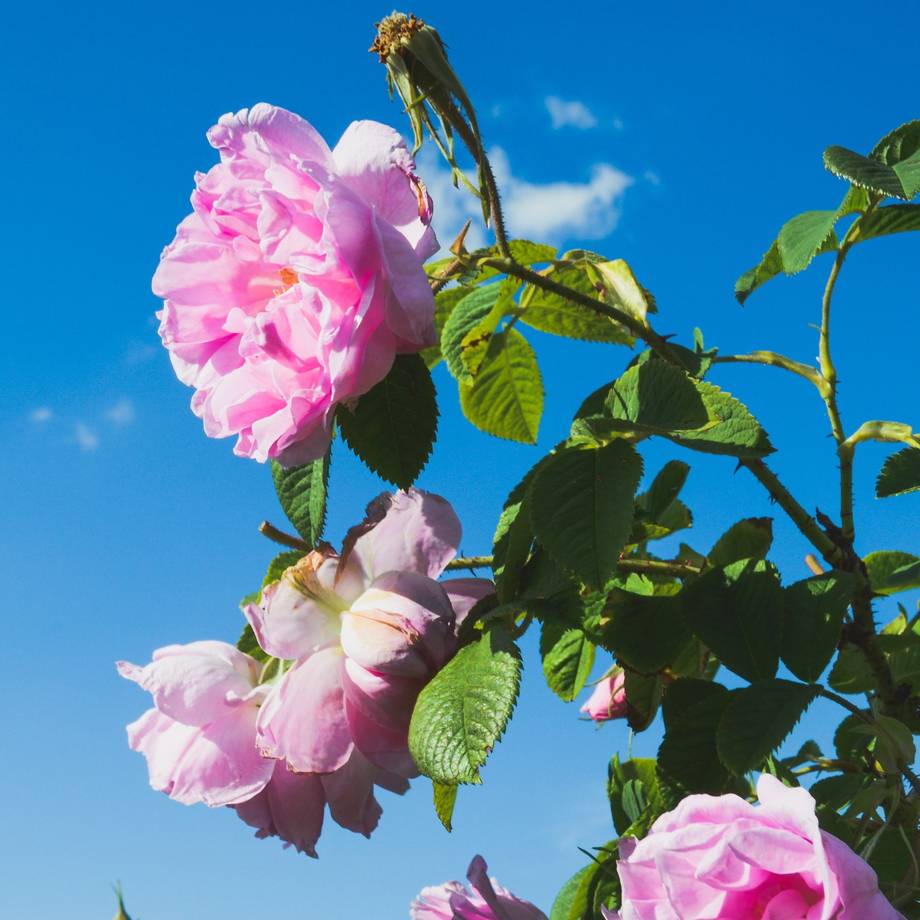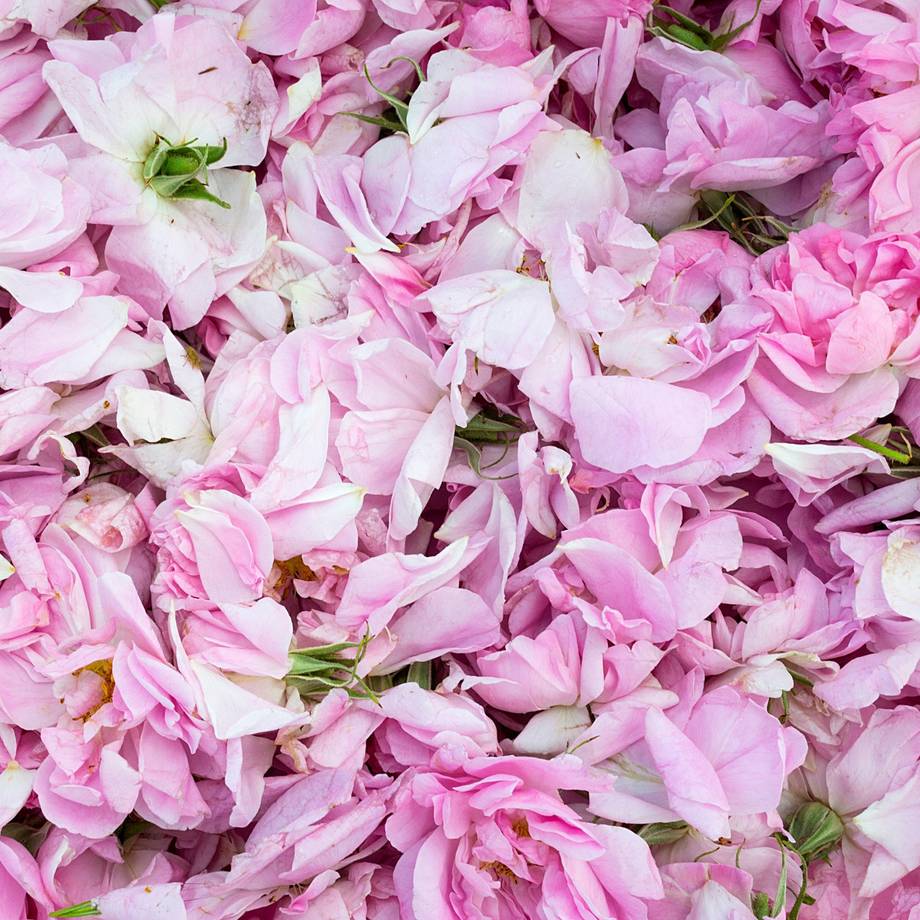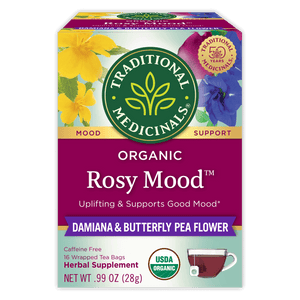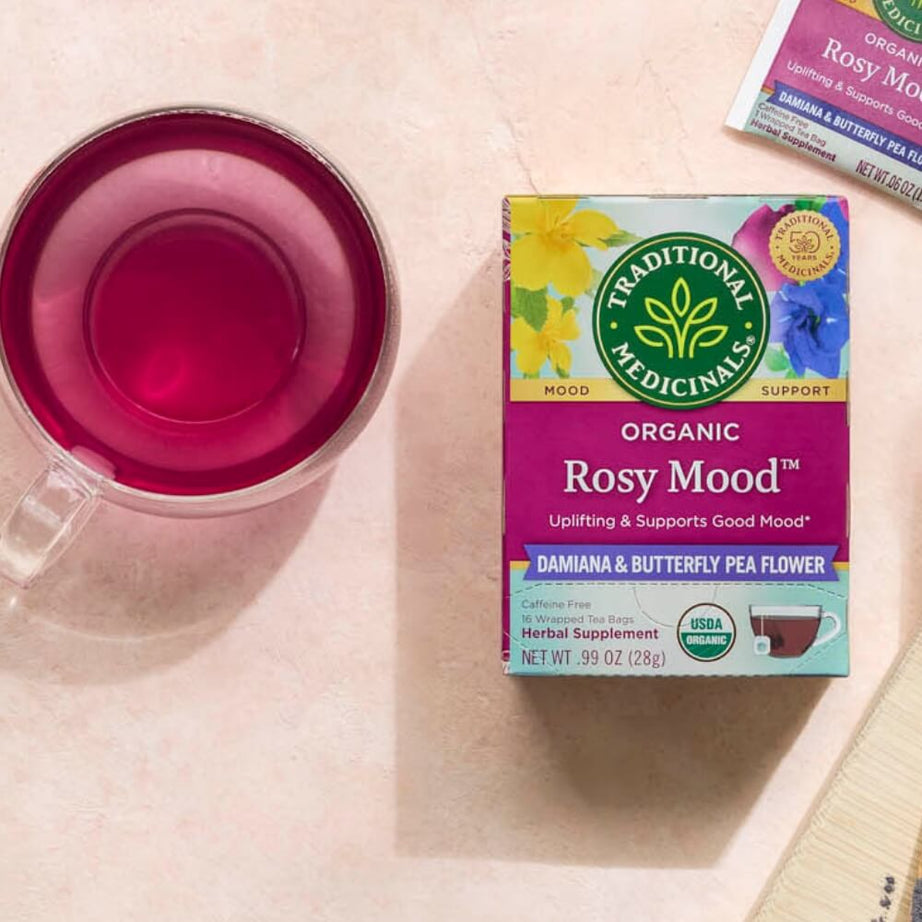
More Rose flower info
Adored for their beauty and fragrance, roses hold a cherished place in traditional medicine around the world.

Roses are far more than just a symbol of beauty—they’ve been used for centuries to soothe the mind and support emotional balance . Traditionally, rose is thought to offer a gentle sense of calm, helping to soften emotional edges and uplift the spirit.*

Around the world, roses are beloved for their beauty and a symbol of romantic love in almost every culture. In ancient Rome, the rose was considered sacred to Venus, the goddess of love. Citizens adorned themselves and their homes with fragrant rose garlands. In Persia, the rose was a muse for poets, inspiring verses of love and longing. The delicate scent of rosewater still infuses many sweets and beverages, a testament to enduring value and ability to delight.
For hundreds of years, gardeners and horticulturalists have delighted to develop new forms and colors of hybrid tea rose —now among the most recognizable and celebrated cut flowers. Though undeniably beautiful, these cultivated varieties often lack the rich fragrance found in wild and heirloom roses. These older varieties and species are prized for their complex, intoxicating aroma—an elusive scent that has captivated perfumers for generations. While high-quality distillates like Rose Otto and Rose Absolute can capture elements of this fragrance, they rarely convey its full depth and nuance.
In traditional herbal practices, rose flowers and petals have been used to support emotional balance, soothe digestive discomfort, and tone the skin. Their gentle astringent properties make them a classic ingredient in facial steams, washes, and balms. Rosehips—the fruit of the rose—are traditionally used to support immune health and are a natural source of Vitamin C. Some modern research suggests that at high doses, rosehips may also play a role in supporting joint health. In Traditional Chinese Medicine, roses are valued for their ability to harmonize overall vitality and soothe the Liver. Rose tea is recommended for emotional imbalances, menstrual irregularities, and digestive complaints.*
Often associated with love and compassion, rose is traditionally used to support open heartedness. The soothing aroma alone can invite a moment of pause, encouraging deep breaths and a reconnection to oneself. Whether sipped as a tea, infused into oils, or simply enjoyed for its scent, rose offers a tender, grounding presence that reminds us to care for ourselves with the same gentleness we offer to others. In moments of unease, rose can be a comforting companion—a botanical reminder of resilience, grace, and the healing power of beauty.*

The genus Rosa includes over 200 species, and many more hybrids and cultivars. Roses display a wide range of growth habits, from well-behaved shrubs to sprawling, climbing vines and briars. While predominantly associated with temperate climates, roses are remarkably adaptable and grace gardens from the tropics to the subarctic.
Their compound leaves typically feature serrated leaflets which can vary in color from deep, glossy green to blue-gray, often tinged with bronze or purple hues. Rose flowers themselves span a remarkable spectrum—from pure white to rich crimson, and in shades of pink, yellow, and apricot. Flower structure ranges from the simplicity of five-petaled wild roses to the abundant layers of petals present in cultivated varieties.
After flowering, roses produce fruits called rosehips which have a sweet flesh and are rich in nutrients. Rosehips serve as an important food source for wildlife, especially in colder months.
Products that contain Rose flower
Additional Information
Legal Disclaimer:
This statement has not been evaluated by the Food and Drug Administration. This product is not intended to diagnose, treat, cure, or prevent any diseases.
Become an Herb Nerd & Get 10% Off!
Herbal tidbits, DIY plant projects, exclusive discounts, and recipes to follow the seasons delivered straight to your inbox.



